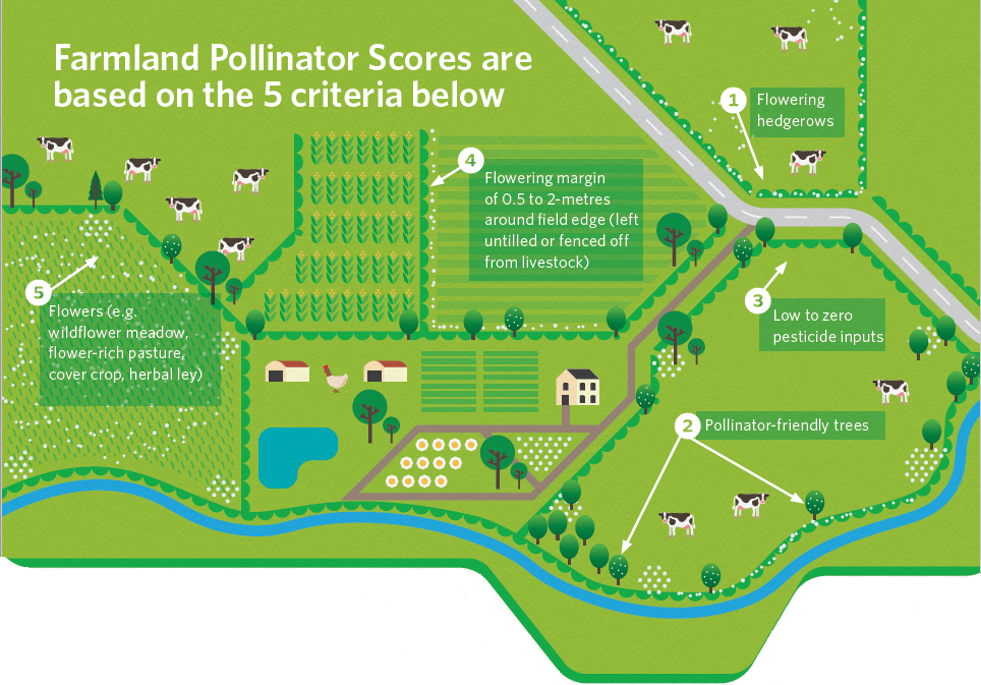50 years ago, our farms were pollinator havens. Extensive hedgerows flowered in spring and hay meadows in summer; and well-fed pollinators buzzed around, free from chemicals. Times change and things move on, but sometimes hidden within progress there can be downfalls. One of those downfalls has been the squeezing out of biodiversity. No one wants to return to days of old. It’s about recognising what we’ve lost and using science to help us create a new balance that works for everyone.
That’s exactly what Úna FitzPatrick and a small group of farmers in Co. Kildare sat down to try to do back in 2018. The All-Ireland Pollinator Plan published evidence-based actions for farmland in 2017, but the challenge remained on how best to engage with busy farmers to bring the buzz back to our countryside. We wanted something that worked for all farmers; something that wouldn’t impact on the farm business or create unnecessary work; something that would definitely have a positive impact; and most importantly something that rewarded farmers for their efforts. Together they came up with a project called ‘Protecting Farmland Pollinators’ and fortunately, it was granted European Innovation Partnership funding through the Department of Agriculture, Food and the Marine. The project, which is based mainly in Co. Kildare, runs from 2019-2023 and now has an excellent Project Manager in Dr Saorla Kavanagh. It’s about scientists and farmers together figuring out how best to improve things. The funding allows us to work with a small pilot group, and thankfully there was no difficulty in getting 40 farmers willing to engage and give it a shot.
Some are beef farmers, some dairy, some tillage and some are mixed. Some love biodiversity and some don’t. The aim of the project is to show that any farm, regardless of type or intensity level, can become more pollinator friendly. Based on simple management actions – things like whether they have flowering hedgerow, pollinator-friendly trees, clover meadows or unmown margins, the farmer gets a pollinator score for their whole farm. The more of these pollinator-friendly habitats they have, the higher the score and the more they get paid each year. Farmers can see their progress and understand how to improve if they wish.
The more of these pollinator-friendly habitats they have,
the higher the score and the more they get paid each year.
Farmers can see their progress and understand how to improve if they wish.
This approach only makes sense if those farms that get a higher pollinator score really do have more wild bees and other insects buzzing around. Currently, Saorla and a survey team are spending six months intensively surveying each farm for pollinators and other biodiversity. This will tell us which actions are most effective and help to create a robust and fully evidence-based scoring system going forward. Early results are encouraging – thankfully even very intensive farms still have some wild pollinators remaining and at least 40% of all farms have solitary bees nesting there. To take part in the project, farmers agree to create tiny areas of bare soil for mining solitary bees to nest. Reinforcing how easy it is to help, many of these had bees burrowing in, making their nests, within months of them being created!
The most humbling thing is that with the farmers it has never been about the money. It’s about helping – helping to find a realistic way to genuinely improve biodiversity on their farm; and helping us to understand how best to structure a scheme so that it works for everyone. We thank them and only wish we could work with the many more farmers right across the country who have expressed an interest in the project.
https://www.biodiversityireland.ie/projects/protecting-farmland-pollinators/
– Dr Úna FitzPatrick & Dr Saorla Kavanagh
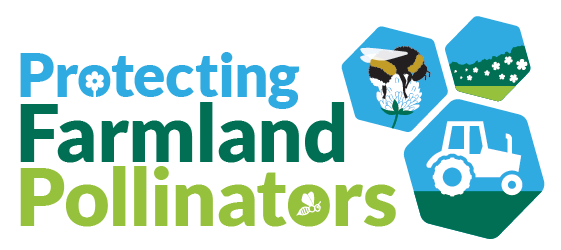 |
 |
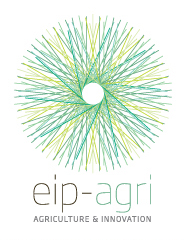 |
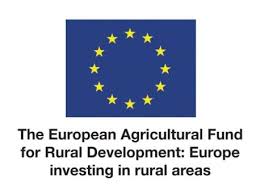 |
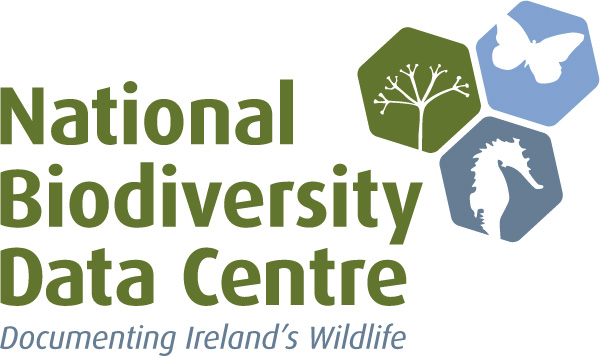 |

